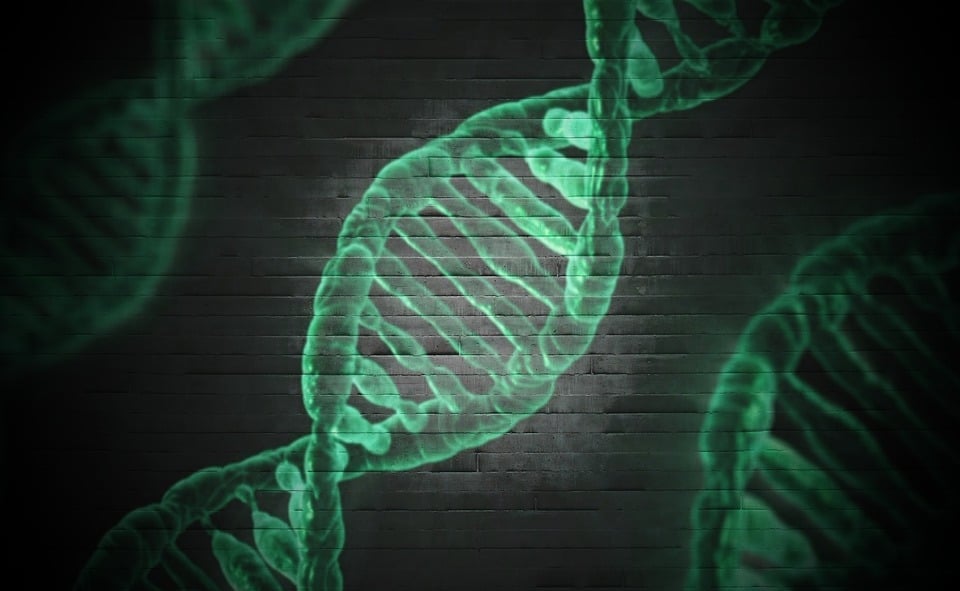
With the potential to transform the landscape of modern medicine, CRISPR technology offers the promise of rewriting the genetic code that underlies numerous diseases. However, the challenge remains in delivering its gene-editing tools safely and efficiently to the necessary cells and tissues. This barrier has kept the full potential of CRISPR out of reach—until now.
Researchers at Northwestern University have introduced a novel nanostructure that significantly enhances the delivery of CRISPR components, potentially broadening its application in medical treatments. These structures, known as lipid nanoparticle spherical nucleic acids (LNP-SNAs), encapsulate the complete CRISPR toolkit—Cas9 enzymes, guide RNA, and a DNA repair template—within a protective DNA shell. This innovative design not only shields the CRISPR machinery but also directs it to specific organs and tissues, facilitating cellular entry.
Revolutionizing CRISPR Delivery
In laboratory tests involving various human and animal cell types, LNP-SNAs demonstrated a threefold increase in cellular entry compared to traditional lipid particle delivery systems used in COVID-19 vaccines. Moreover, these new nanostructures exhibited significantly lower toxicity and enhanced gene-editing efficiency by 300%. The success rate of precise DNA repairs also improved by over 60% compared to existing methods. These findings will be published on September 5 in the Proceedings of the National Academy of Sciences.
The development marks a significant step toward safer and more reliable genetic medicines, highlighting the critical role of a nanomaterial’s structure in determining its efficacy. This concept forms the foundation of structural nanomedicine, a burgeoning field pioneered by Northwestern’s Chad A. Mirkin and his team, which is gaining traction among researchers globally.
“CRISPR is an incredibly powerful tool that could correct defects in genes to decrease susceptibility to disease and even eliminate disease itself,” said Mirkin, who led the study. “But it’s difficult to get CRISPR into the cells and tissues that matter. Reaching and entering the right cells—and the right places within those cells—requires a minor miracle.”
The Challenge of CRISPR Delivery
CRISPR’s potential is vast, capable of disabling genes, fixing mutations, and introducing new functions once it reaches its target inside a cell. However, the CRISPR machinery cannot independently enter cells and requires a delivery vehicle. Currently, scientists rely on viral vectors and lipid nanoparticles (LNPs) for this purpose. While viruses are adept at entering cells, they can trigger immune responses, resulting in adverse side effects. LNPs, though safer, often become trapped in endosomes within the cell, preventing them from releasing their cargo.
“Only a fraction of the CRISPR machinery actually makes it into the cell, and even a smaller fraction makes it all the way into the nucleus,” Mirkin explained. “Another strategy is to remove cells from the body, inject the CRISPR components, and then reintroduce the cells. As you can imagine, that’s extremely inefficient and impractical.”
Innovative DNA-Wrapped Nanoparticles
To address these challenges, Mirkin’s team developed SNAs, which are spherical forms of DNA and RNA that surround a nanoparticle core capable of carrying cargo. These structures, approximately 50 nanometers in diameter, have a proven track record of entering cells for targeted delivery. Seven SNA-based therapies are currently in human clinical trials, including a Phase 2 trial for Merkel cell carcinoma by Flashpoint Therapeutics, a biotechnology startup.
In their latest study, Mirkin’s team started with an LNP core containing the CRISPR components. They then coated the particle’s surface with a dense layer of short DNA strands. This DNA interacts with cell surface receptors, facilitating SNA absorption by cells. The DNA can also be engineered to target specific cell types, enhancing delivery selectivity.
“Simple changes to the particle’s structure can dramatically change how well a cell takes it up,” Mirkin noted. “The SNA architecture is recognized by almost all cell types, so cells actively take up the SNAs and rapidly internalize them.”
Future Implications and Clinical Trials
Following the successful synthesis of LNP-SNAs with CRISPR cargo, Mirkin and his team tested them on various cellular cultures, including skin cells, white blood cells, human bone marrow stem cells, and human kidney cells. They assessed how efficiently the cells internalized the particles, the particles’ toxicity, and their success in delivering a gene. The team also analyzed the cells’ DNA to verify if CRISPR had made the intended edits. Across all metrics, the system demonstrated its capability to deliver CRISPR machinery and facilitate complex genetic modifications.
Looking ahead, Mirkin plans to validate the system further in multiple in vivo disease models. The platform’s modular nature allows researchers to adapt it for a wide range of systems and therapeutic applications. Northwestern’s biotechnology spin-out, Flashpoint Therapeutics, is working to commercialize the technology, aiming to expedite its progression to clinical trials.
“CRISPR could change the whole field of medicine,” Mirkin stated. “But how we design the delivery vehicle is just as important as the genetic tools themselves. By marrying two powerful biotechnologies—CRISPR and SNAs—we have created a strategy that could unlock CRISPR’s full therapeutic potential.”
The study, titled “A general genome editing strategy using CRISPR lipid nanoparticle spherical nucleic acids,” received support from the Air Force Office of Scientific Research (award number FA9550-22-1-0300), the National Science Foundation (award number DMR-2428112), and Edgar H. Bachrach through the Bachrach Foundation.







